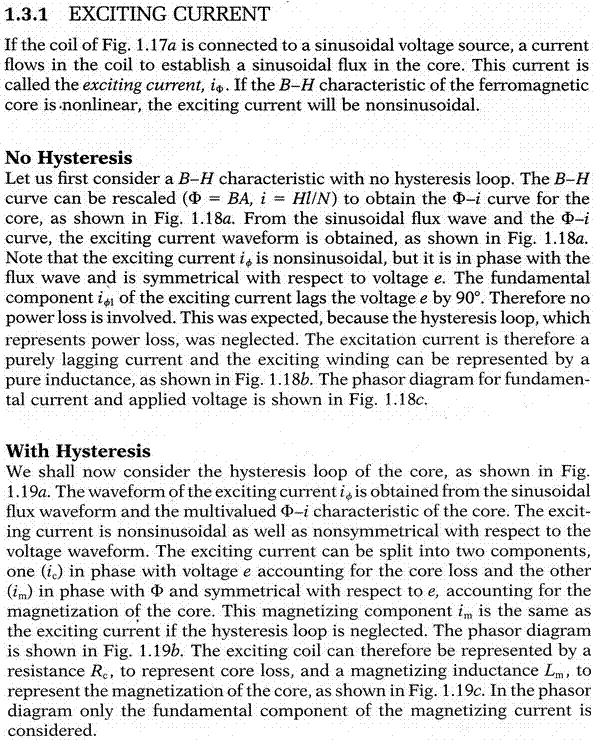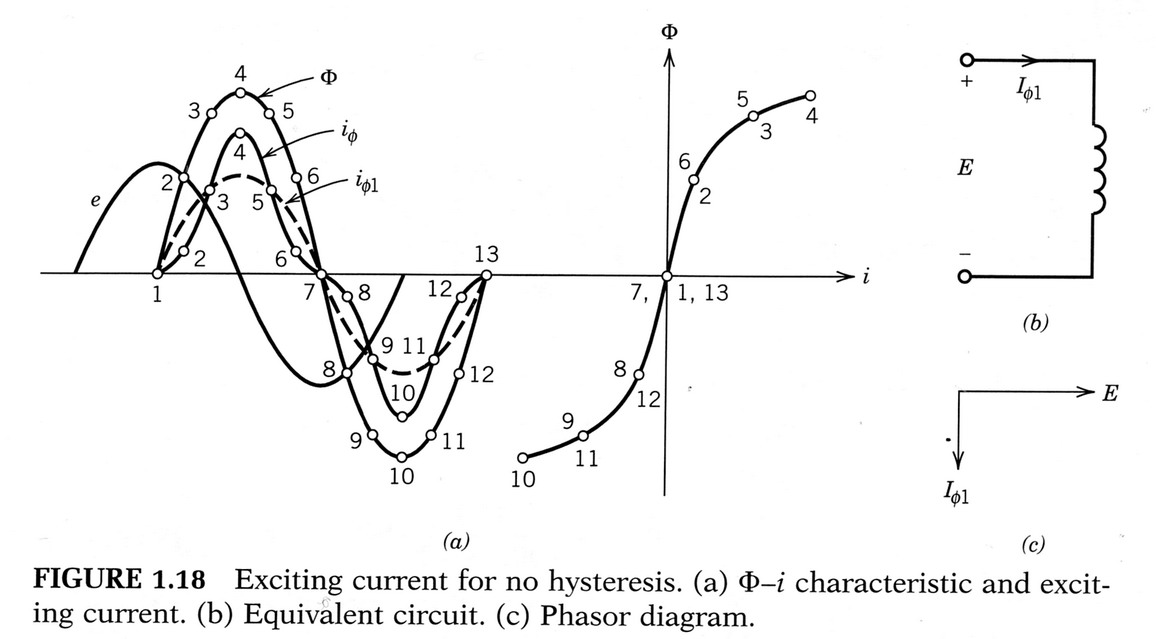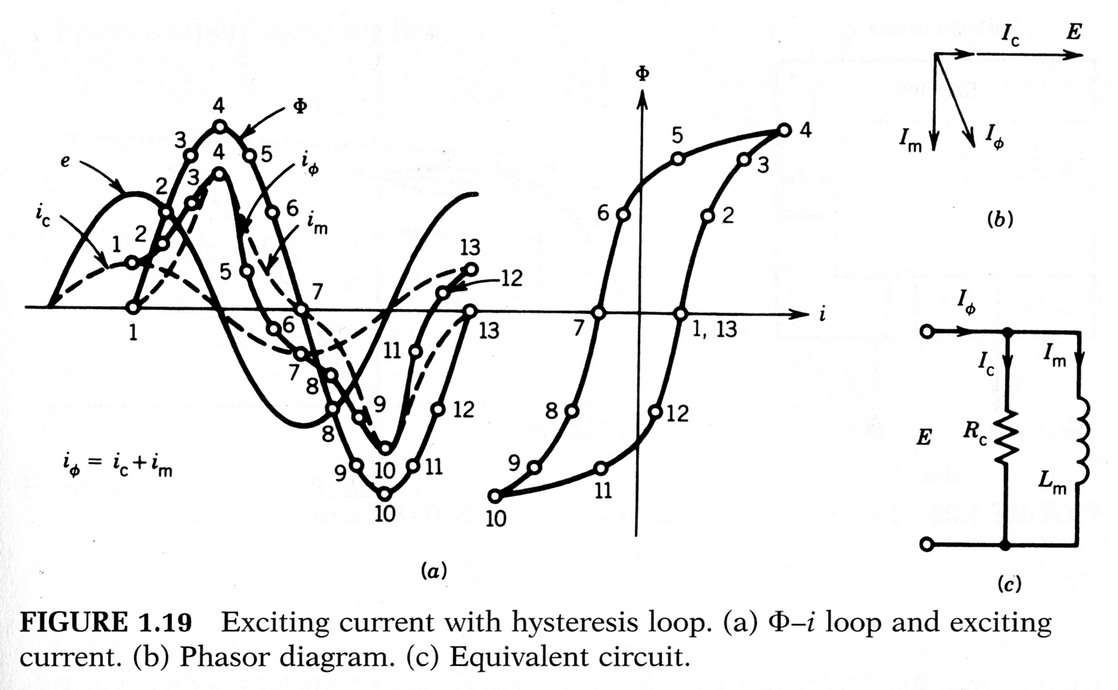powersys
Advanced Member level 1
epcos ferrite bh n27
I’ve constructed and tested the B-H Test Circuit found in the following website:
http://www.ee.surrey.ac.uk/Workshop/advice/coils/BH_measure.html
However, the B-H plot measured when the current is high looks funny (see Figure 5). Would you pls advise why this happened?
Figure 1 shows the B-H test circuit, whilst Figures 2(a) and 2(b) show the B-H curves measured using the circuit when the current Ip flowing in primary coil (22 turns) are low and high respectively. Both B-H curves were copied from the website.
Figure 3 shows the toroidal core used in my experiment. Part# is B64290L618X27 from Epcos. The dimensions are 25.3 x 14.8 x 10. The material of the core is N27. The number of turns used for primary coil is 22 turns, and the number of turns used for secondary is 25 turns.
Figure 4(a) shows the waveforms of Ip (Ch1) and Vo (Ch2). Figure 4(b) shows the X-Y plot of both signals. The current Ip flowing through primary coil is around 0.2A pk-pk.
Figure 5(a) shows the waveforms of Ip (Ch1) and Vo (Ch2). Figure 5(b) shows the X-Y plot of both signals. The current Ip flowing through primary coil is around 0.6A pk-pk. Obviously, the X-Y plot looks funny when the current is high (e.g. has one big loop and two small loops). Would you please advise why this happened? Please suggest the solutions to solve the problem so that the X-Y plot will look like Figure 2(b).
Thank you very much
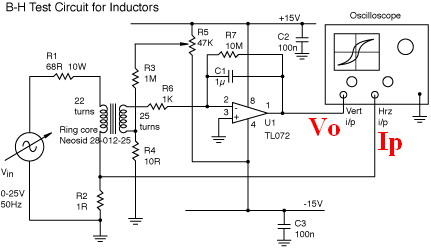
Figure 1: B-H Test Circuit

Figure 2: B-H curve with – (a) low primary current, and (b) high primary current.
(Both plots were copied from the website)

Figure 3: Toroidal core used in my experiment
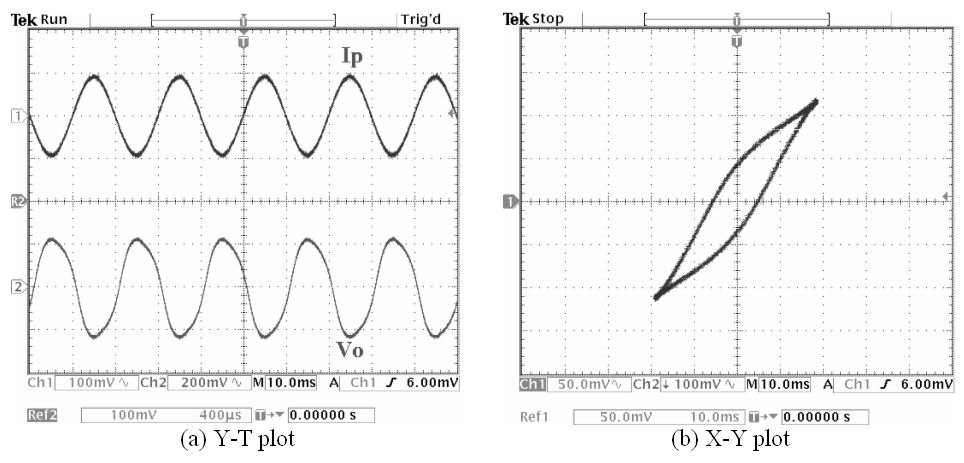
Figure 4: Current in primary coil, Ip (pk-pk) is around 0.2A
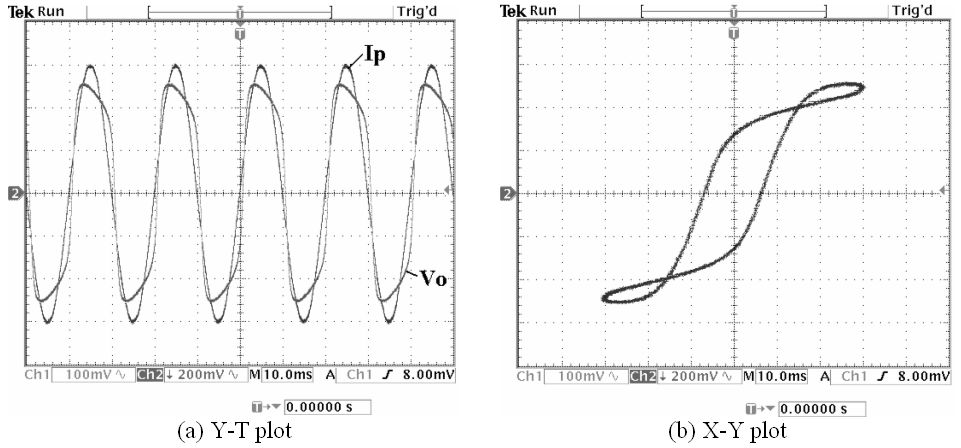 [/
[/
Figure 5: Current in primary coil, Ip (pk-pk) is around 0.6A
I’ve constructed and tested the B-H Test Circuit found in the following website:
http://www.ee.surrey.ac.uk/Workshop/advice/coils/BH_measure.html
However, the B-H plot measured when the current is high looks funny (see Figure 5). Would you pls advise why this happened?
Figure 1 shows the B-H test circuit, whilst Figures 2(a) and 2(b) show the B-H curves measured using the circuit when the current Ip flowing in primary coil (22 turns) are low and high respectively. Both B-H curves were copied from the website.
Figure 3 shows the toroidal core used in my experiment. Part# is B64290L618X27 from Epcos. The dimensions are 25.3 x 14.8 x 10. The material of the core is N27. The number of turns used for primary coil is 22 turns, and the number of turns used for secondary is 25 turns.
Figure 4(a) shows the waveforms of Ip (Ch1) and Vo (Ch2). Figure 4(b) shows the X-Y plot of both signals. The current Ip flowing through primary coil is around 0.2A pk-pk.
Figure 5(a) shows the waveforms of Ip (Ch1) and Vo (Ch2). Figure 5(b) shows the X-Y plot of both signals. The current Ip flowing through primary coil is around 0.6A pk-pk. Obviously, the X-Y plot looks funny when the current is high (e.g. has one big loop and two small loops). Would you please advise why this happened? Please suggest the solutions to solve the problem so that the X-Y plot will look like Figure 2(b).
Thank you very much

Figure 1: B-H Test Circuit

Figure 2: B-H curve with – (a) low primary current, and (b) high primary current.
(Both plots were copied from the website)

Figure 3: Toroidal core used in my experiment

Figure 4: Current in primary coil, Ip (pk-pk) is around 0.2A

Figure 5: Current in primary coil, Ip (pk-pk) is around 0.6A
